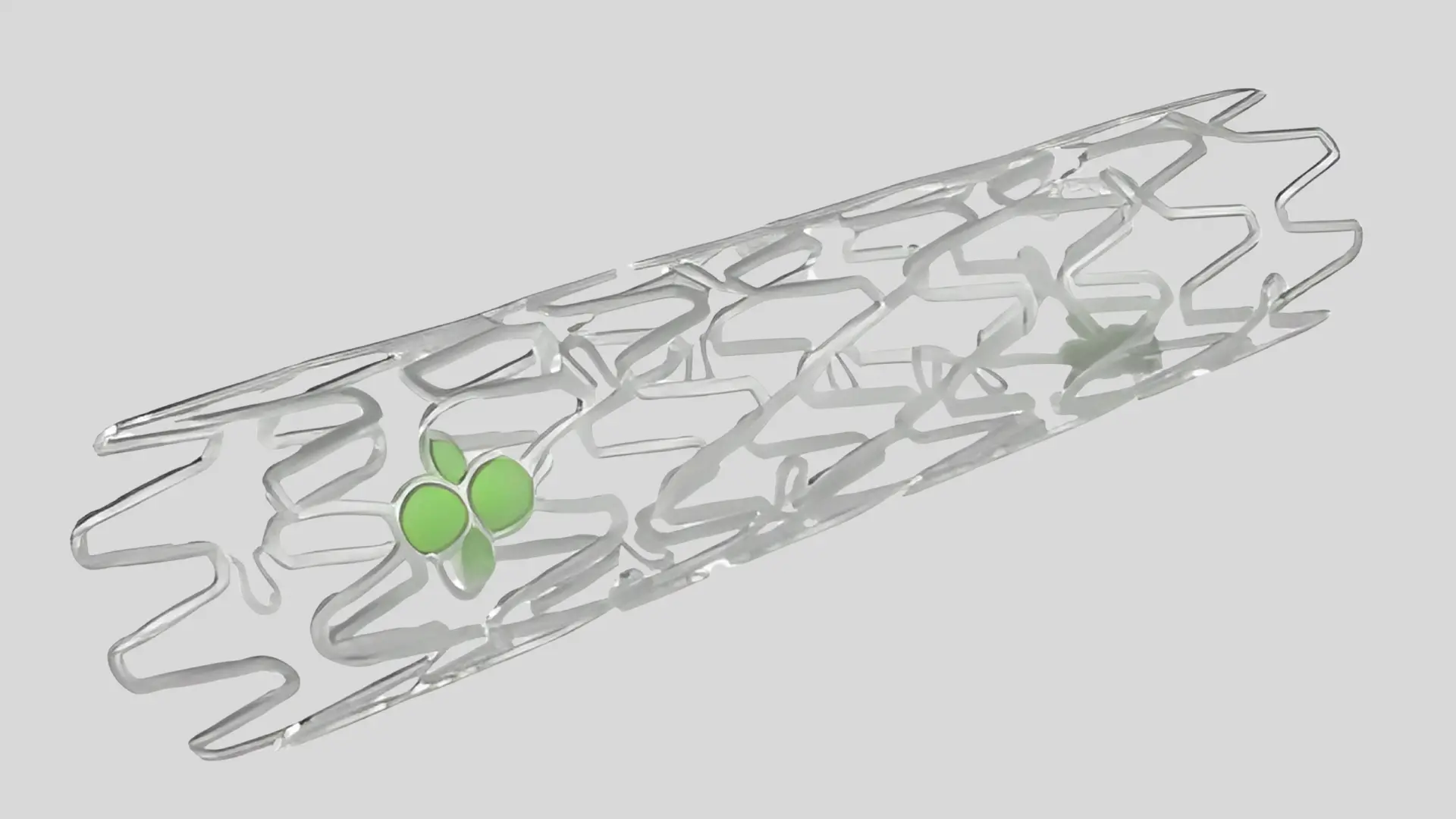- Home
- Medical news & Guidelines
- Anesthesiology
- Cardiology and CTVS
- Critical Care
- Dentistry
- Dermatology
- Diabetes and Endocrinology
- ENT
- Gastroenterology
- Medicine
- Nephrology
- Neurology
- Obstretics-Gynaecology
- Oncology
- Ophthalmology
- Orthopaedics
- Pediatrics-Neonatology
- Psychiatry
- Pulmonology
- Radiology
- Surgery
- Urology
- Laboratory Medicine
- Diet
- Nursing
- Paramedical
- Physiotherapy
- Health news
- Fact Check
- Bone Health Fact Check
- Brain Health Fact Check
- Cancer Related Fact Check
- Child Care Fact Check
- Dental and oral health fact check
- Diabetes and metabolic health fact check
- Diet and Nutrition Fact Check
- Eye and ENT Care Fact Check
- Fitness fact check
- Gut health fact check
- Heart health fact check
- Kidney health fact check
- Medical education fact check
- Men's health fact check
- Respiratory fact check
- Skin and hair care fact check
- Vaccine and Immunization fact check
- Women's health fact check
- AYUSH
- State News
- Andaman and Nicobar Islands
- Andhra Pradesh
- Arunachal Pradesh
- Assam
- Bihar
- Chandigarh
- Chattisgarh
- Dadra and Nagar Haveli
- Daman and Diu
- Delhi
- Goa
- Gujarat
- Haryana
- Himachal Pradesh
- Jammu & Kashmir
- Jharkhand
- Karnataka
- Kerala
- Ladakh
- Lakshadweep
- Madhya Pradesh
- Maharashtra
- Manipur
- Meghalaya
- Mizoram
- Nagaland
- Odisha
- Puducherry
- Punjab
- Rajasthan
- Sikkim
- Tamil Nadu
- Telangana
- Tripura
- Uttar Pradesh
- Uttrakhand
- West Bengal
- Medical Education
- Industry
IRONMAN-II Trial Evaluates Two-Year Outcomes of Sirolimus-Eluting Iron Bioresorbable Scaffold Versus Everolimus-Eluting Stent: TCT 2025

This news is covered by the Medical Dialogues Bureau present at the TCT Conference 2025, being held in San Francisco, USA.
The two-year results of the IRONMAN-II randomized controlled trial demonstrated that the novel sirolimus-eluting iron bioresorbable scaffold (IBS) was non-inferior to contemporary cobalt-chromium everolimus-eluting stents (EES) in terms of safety and efficacy for patients undergoing percutaneous coronary intervention (PCI) for de novo coronary artery disease. The findings were presented by Dr. Lei Song on behalf of Dr. Runlin Gao and the IRONMAN-II investigators at TCT 2025.
The IRONMAN-II trial is a multicenter, single-blind, non-inferiority study conducted at 36 centers across China. It enrolled 518 patients with stable or unstable angina or recent myocardial infarction (>1 week) who were eligible for elective PCI. Participants were randomized 1:1 to receive either the sirolimus-eluting iron bioresorbable scaffold (IBS, n=259) or the cobalt-chromium EES (n=259). All patients had one or two de novo lesions (≤33 mm length) in separate vessels with reference diameters between 2.5 and 4.0 mm.
The IBS is a thin-strut (55–65 μm) bioresorbable scaffold made of Fe-0.05%N alloy as backbone material, coated abluminally with a PDLLA–sirolimus layer (8 μg/mm). It provides mechanical strength comparable to metallic stents and is designed to fully resorb over time, potentially reducing long-term risks such as late thrombosis or neoatherosclerosis.
The primary endpoint was in-segment late lumen loss (LLL) at two years assessed by quantitative coronary angiography (QCA). Secondary powered endpoints included target vessel quantitative flow ratio (QFR) and cross-sectional mean flow area on optical coherence tomography (OCT).
At two years, the IBS met the non-inferiority criterion for the primary endpoint. Mean in-segment LLL was 0.32 ± 0.04 mm for IBS and 0.24 ± 0.04 mm for EES (difference 0.08 mm; 95% CI –0.02 to 0.18; p=0.03 for non-inferiority). Target vessel QFR was 0.90 ± 0.13 in the IBS group and 0.92 ± 0.09 in the EES group (difference –0.02; p=0.05 for non-inferiority). OCT findings showed comparable mean flow areas (6.92 mm² vs. 6.64 mm²; p<0.0001 for non-inferiority).
Clinical outcomes at two years were also similar between groups. Target lesion failure (TLF) occurred in 7.4% of IBS-treated patients and 5.4% of EES-treated patients (HR 1.37; 95% CI 0.69–2.73; p=0.37). Rates of cardiac death (0.4% vs. 1.2%), target-vessel myocardial infarction (0.8% vs. 1.6%), and definite or probable device thrombosis (0.4% in both groups) were low and not significantly different. Any revascularization was slightly higher with IBS (17.6% vs. 11.4%; p=0.04), driven by non-ischemia-related procedures.
Investigators highlighted that the IRONMAN-II trial is the first randomized comparison of an iron-based bioresorbable scaffold with a modern durable-polymer EES. The device achieved high procedural success at two years. While early results support the safety and efficacy of the IBS, longer-term follow-up will be necessary to assess outcomes after complete scaffold resorption.
The IRONMAN-II trial underscores the feasibility of iron-based bioresorbable technology as an alternative to metallic stents, with the potential for durable vessel healing and restoration of natural vessel function once full bioresorption is achieved.
Reference: Lei Song et al., Sirolimus-Eluting Iron Bioresorbable Scaffold in Coronary Artery Disease, Two-Year Results of IRONMAN-II Randomized Controlled, TCT Conference 2025, San Francisco.
https://www.tctconference.com/
About the Study Presenter: Lei Song, MD. Professor of coronary heart disease and intracoronary imaging and physiology Principal Investigator (PI) of the National Center for Cardiovascular Disease, Chinese Academy of Medical Sciences and Peking Union Medical College, Fuwai Hospital, China, Mentor for the National Interventional Cardiology Training Program, China
Dr Prem Aggarwal, (MD Medicine, DNB Medicine, DNB Cardiology) is a Cardiologist by profession and also the Co-founder and Chairman of Medical Dialogues. He focuses on news and perspectives about cardiology, and medicine related developments at Medical Dialogues. He can be reached out at drprem@medicaldialogues.in


